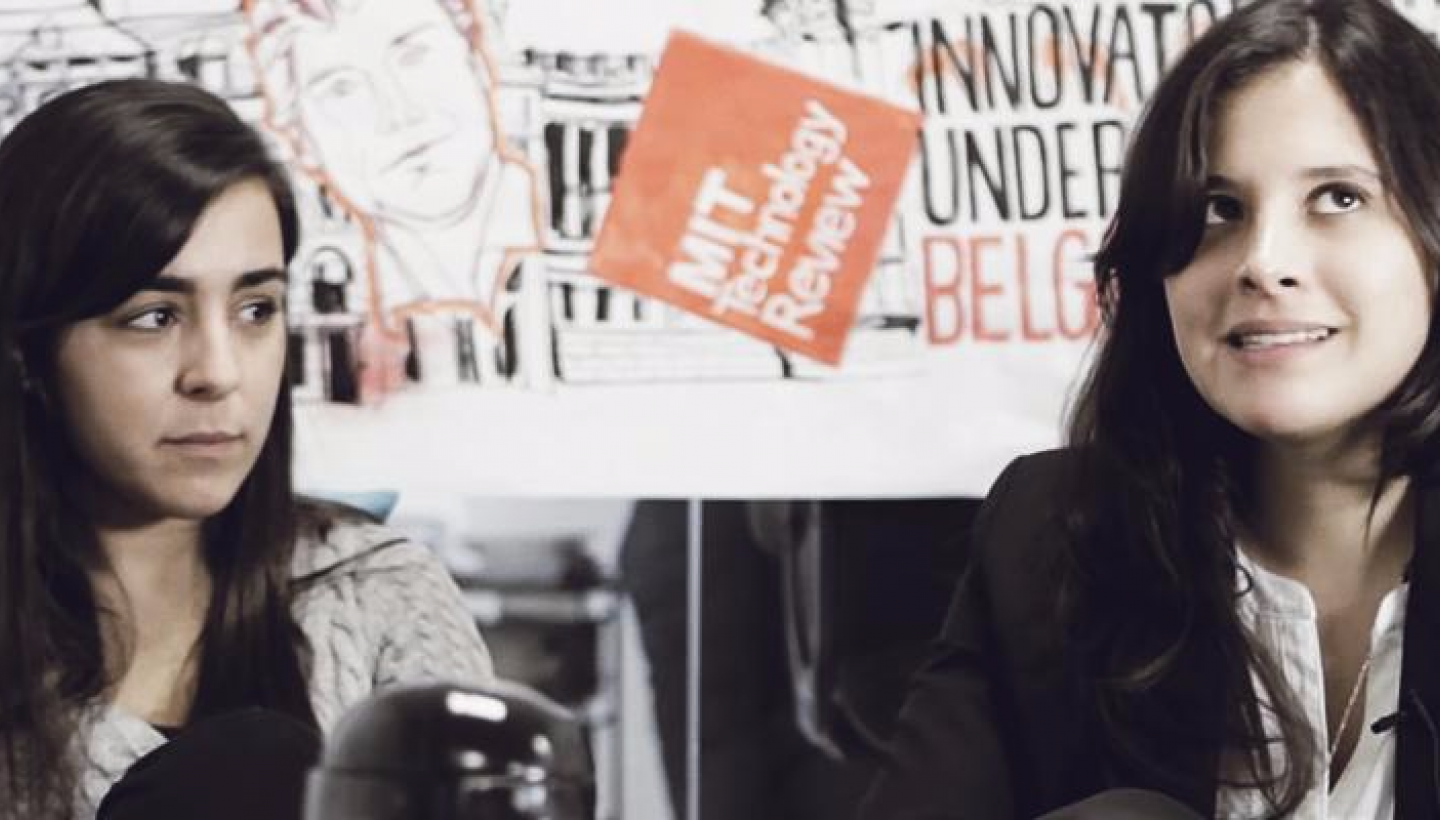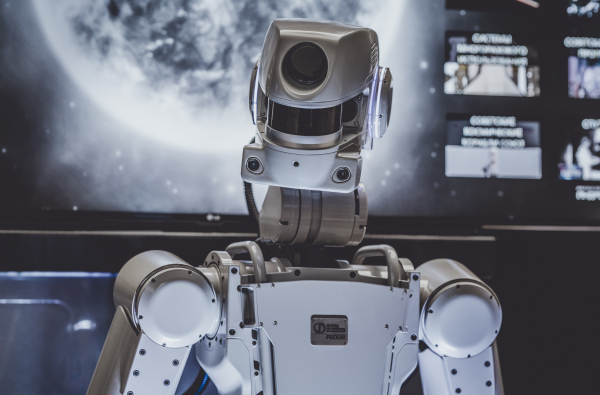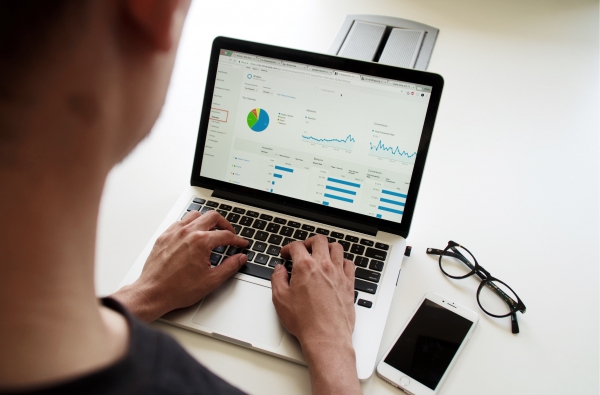We analyzed and studied the characteristics that define the millennial generation, as well as the use of the blockchain technology to generate value for interested actors
The challenge
The explosion of millennials – who will represent 75% of the workforce by 2025 – in the job market, along with the popularization and adoption of new technologies like the blockchain – the technology that underpins Bitcoin and has generated tremendous interest within the financial sector – will significantly alter many of the conventions under which companies, workers and customers have operated until now.
Understanding the context that surrounds these new tendencies is a necessity for today´s companies. The difference between holding specialized knowledge and the opposite can make all the difference for market positioning, especially in our current environment of constant change.

Strategy
We developed two separate projects with two nexus points. Both projects aimed to identify relevant business opportunities to be addressed within our current reality, which has been redefined either by technological advances – the blockchain system, or distributed ledger technologies – or by the new profiles of millennials as users and consumers. "The objective is to tackle innovation from a position of understanding, both of technological trends and the changes in social behavioral patterns," our project leader Javier Iglesias explains.
To this end, we employed a proprietary research methodology that combines bibliographical revisions with detailed interviews with experts and discussion groups. This allows us to draw on an analysis and understanding of the global framework in order to examine specific situations and examples – the breeding ground where corporate strategies are developed. "In questions like these, an analysis of the global ecosystem is a fundamental step, absolutely necessary before any detailed study of technology and its potential applications can be conducted," our project leader Carlos Vivas explains.

The solution
The final result of our work was detailed in two multimedia reports which the end customer can use as a tool and a roadmap for decision making. These reports cover these new contexts from a quantitative and qualitative perspective, as well as the inclusion of success stories and relevant case studies.
In the case of the millennials, we opted for the combination of different formats (computer graphics, text, audiovisual materials). The result is a detailed study of the perceptions and aspirations of the millennial generation, comprised by those born between 1980 and 1995. "Projects like this allow us to confirm or exclude, through the analysis of and interaction with the protagonists, some of the most common myths and beliefs about the largest generation in history," Iglesias explains.
The study of blockchain is a very innovative project which is still under development, but which shares the same objective: to generate a knowledge tool adapted to the customer´s needs. The blockchain technology underpins Bitcoin. Its operation across decentralized networks is quickly becoming one of the most cutting edge options for the banking industry, which is already studying the integration of blockchains into their day-to-day operations.
Our work has allowed us to precisely decode the current keys to its operability, the level of adoption as well as the regulatory frameworks involved. It represents a starting point for segmenting information for, and from, each relevant actor.
In both cases, we have selected a presentation format firmly rooted in design and data visualization. This generates several layers of reading and detail to adjust the query to the different profiles within a company. "The knowledge generated, knowing what is happening and what is likely to happen, facilitates informed decision making and the selection of the most appropriate path to follow," our project leader Carlos Vivas adds.
This degree of adaptability would also allow users in future to combine their work with the development of detailed and coherent business plans through the conclusions attained. In other words, it not only provides a detailed map of the situation, but also an organized roadmap for penetration. These reports fall within the larger framework of research and analysis projects like the study on the future of work.



